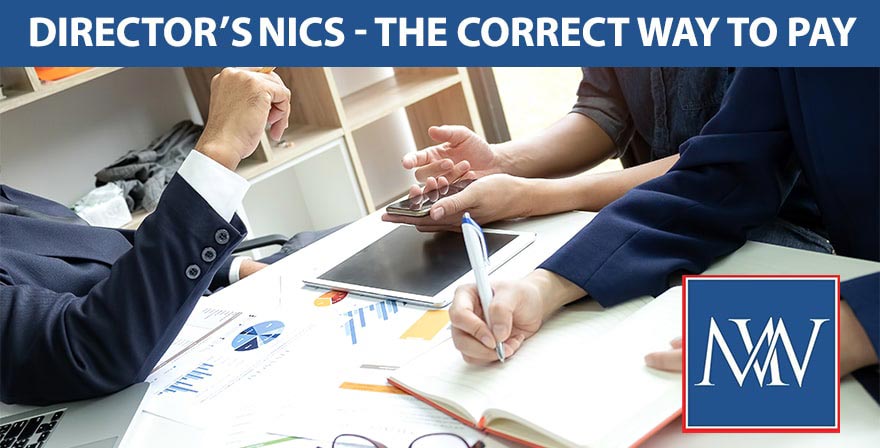
Director’s NICs – the correct way to pay
The non-cumulative nature for calculating National Insurance Contributions (NICs) makes it possible to manipulate earnings to reduce the overall amount payable by taking advantage of the lower rate of primary Class 1 contributions payable once the upper earnings limit has been reached. For example, an employee who is paid £3,000 each month of the year will pay considerably more in primary contributions than someone who is paid £600 for 11 months and £29,400 for one month, even though their total earnings for the year are the same.
Company directors often have greater scope to influence the time and amount of payments they receive as earnings, which potentially gives them the ability to avoid primary Class 1 contribution liability by astute use of the earnings period rules. For this reason, therefore, special rules exist which provide that a director’s earnings period is a tax year, even if he or she is paid, say, monthly or leave the company during the year.
The only exception to the above rule is where a director is first appointed during the course of a tax year. Where this happens, the earnings period is the period from the date of appointment to the end of the tax year, measured in weeks. The calculation of the earnings period includes the tax week of appointment, plus all remaining complete weeks in the tax year (i.e. week 53 is ignored for this purpose). This is known as the pro-rata earnings period.
Example
Frank is appointed to the board of directors of Widgets Ltd in week 44 of the tax year. The primary threshold and upper earnings limit are calculated by multiplying the weekly values by 9, because the earnings period starts with the week of appointment. This means that in 2018–19, Frank will pay NIC at the main rate of 12% on his director’s earnings between £1,458 (9 × £162) (the primary threshold) and £8,028 (9 × £892) (the upper earnings limit) and at the additional 2% rate on all earnings above £8,028 paid up to 5 April 2019.
The significance of being a company director is that an annual earnings period must be applied for NIC purposes. It is therefore important to be clear as to who the directors of a company actually are. For example, there may be persons within the organisation who are called directors, but for whom that is just an honorary title.
The definition of ‘director’ is wide and extends beyond someone registered as a director with Companies House. For these purposes a director means:
- in relation to a company whose affairs are managed by a board of directors or similar body, a member of that board or similar body;
- in relation to a company whose affairs are managed by a single director or similar person, that director or person; and
- any person in accordance with whose directions or instructions the company’s directors (as defined above) are accustomed to act.
However, a person giving advice in a professional capacity is not treated as a director.
Companies can save time and money by calculating directors’ NIC in a similar way to other employees. Instead of paying very high levels of NIC on a short-term basis, directors who are paid regularly (e.g. directors who have contracts of service with their companies) can spread their contributions evenly throughout the tax year. The earnings period remains an annual earnings period, but contributions are made on account throughout the tax year. A recalculation on an annual basis is performed when the last payment is made and any outstanding National Insurance due is paid at that time.
For more information, Book a Free Consultation
Need Accountancy Support?
For information on bespoke training, or if you have any other questions for Makesworth Accountant, please fill in your details below
















 151
151